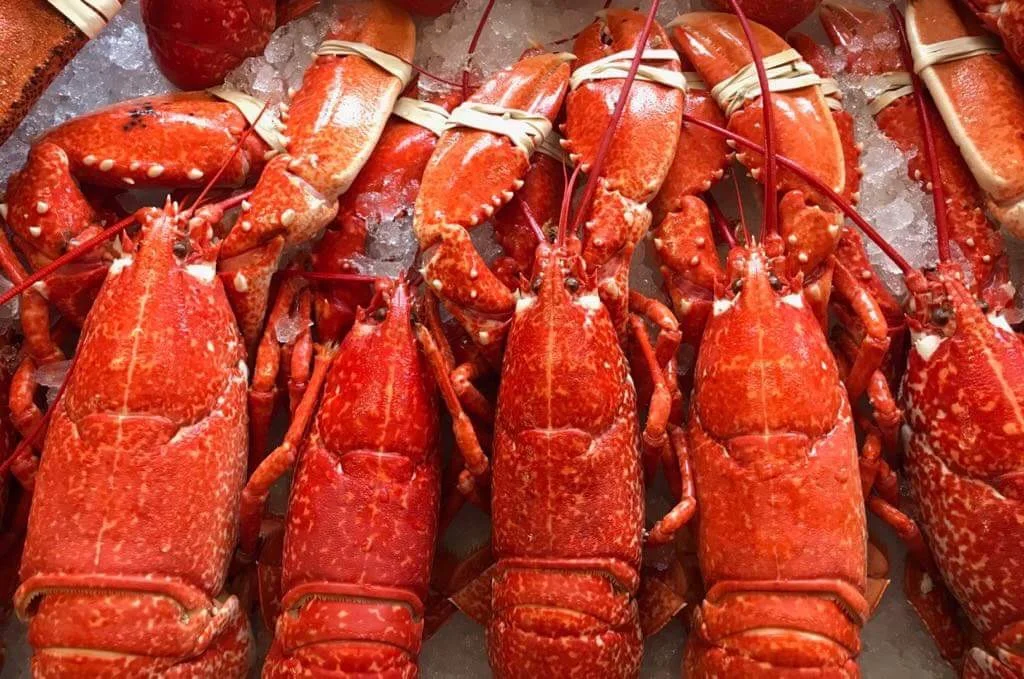The BIG 4
Jersey Oysters
With its huge tidal range and some of the cleanest seawater in Europe, Jersey is the perfect place to farm high quality oysters. Jersey’s fast-changing and nutrient-rich waters provide an abundance of food which allows filter-feeding oysters to grow quickly and obtain a clean, fresh flavour. As they have been for centuries, Jersey Oysters are farmed in the Royal Bay of Grouville in the south-east of the Island, which is the largest area of cultivated oysters in the British Isles. Over the two years it takes to cultivate an oyster, its development is closely monitored to ensure its purity, cleanliness and succulent taste. But the success of the industry is built around sustainability as much as it is quality. The largest producer in the Island, the Jersey Oyster Company, has gained accreditation under the Aquaculture Stewardship Council certification scheme, thus becoming the first oyster farm in the world to achieve this global benchmark of responsible cultivation.
Jersey Lobsters
Jersey’s coast and seabed is mostly rock, creating many hiding places for lobsters to grow and feed in safety. Clear, shallow waters coupled with strong sunshine and a large tidal range also combine to provide an ideal marine environment. But the seas around Jersey are not only rich in seafood, they are also fished responsibly. Since 2011, lobsters caught in local waters and marketed locally and throughout Europe have carried the prestigious logo of the Marine Stewardship Council, giving consumers the guarantee that the lobsters come from sustainable and well-managed fishing grounds. Gaining accreditation was a collaborative effort between fishermen and government in Jersey and their counterparts in Normandy and distinguishes the Jersey and Normandy lobster fishery as the only one in Europe to reach the MSC standard.
Jersey Royals
For many, the first Jersey Royal marks the arrival of spring so it is no surprise that the Island’s iconic tuber is one of the most longed-for seasonal foods and its principal agricultural export. Besides being unique to Jersey, the Jersey Royal enjoys EU ‘Protection of Designation of Origin’ status in the same way that champagne can only be produced in the French region bearing its name. In other words, Jersey Royals can only come from Jersey. The variety has been grown on the Island since around 1880: the story goes that a local farmer, Hugh de la Haye, developed the small kidney-shaped potato from two giant potatoes that were given to him as curiosities by a St Helier wholesaler. Today, the Jersey Royal accounts for over 70 per cent of all produce grown in the Island yet despite being farmed on a large scale, many traditional methods are still used, such as using seaweed as natural fertilizer and hand-lifting the earliest potatoes from steep fields known as côtils.
Jersey Cows
The Jersey cow in its current pure-bred form has been a feature of the Island’s landscape for more than 200 years. She is renowned worldwide and revered for her beauty, purity and rich, high quality milk. All Jersey cattle in the Island are registered in the Jersey Herd Book, which was established in 1866 to guarantee the pedigree of the breed. Today, there are around 4,000 Jersey cattle in the Island, of which 3,000 are ‘in milk’, calving all year round to ensure regular supply of milk to the Jersey Dairy, which has diversified into ice cream, cheese, yoghurt and butter.

